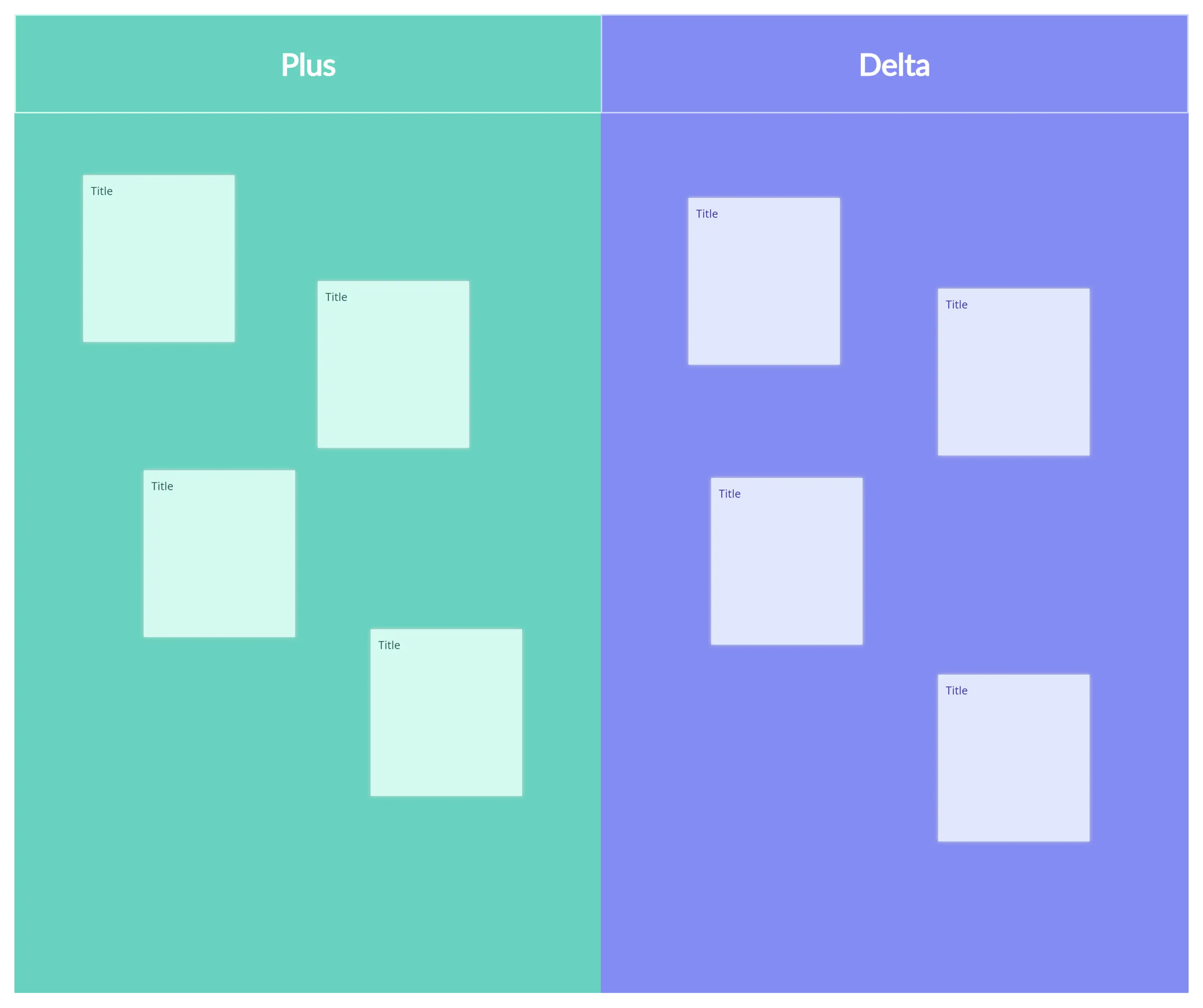Retrospective meetings are key to team growth and improvement, but without honest feedback, they can fall flat. Sometimes team members may find it difficult to openly share their ideas. That’s why creating a safe and supportive space is vital. In this blog post, we’ll dive into practical strategies that’ll make your team feel comfortable sharing their thoughts. Get ready to unlock your team’s potential and watch them soar to new heights of success!.
- Set the Stage for a Supportive Environment
- Provide Clear Meeting Guidelines
- Foster Collaborative Participation
- Provide Constructive Feedback Guidelines
- Follow Up on Feedback
- Continuously Evolve the Retrospective Process
- Embrace the Power of Constructive Feedback
Set the Stage for a Supportive Environment
Creating an environment of psychological safety is where it all begins. The key is to create a space where team members feel safe to take risks, speak up, and express their opinions without fear of negative consequences. When team members feel secure and supported, they will be encouraged to share their true thoughts and ideas without fear of judgment or retribution.
How to establish psychological safety in your retrospective meetings:
Explain the concept: Start by explaining what psychological safety means and how it can help foster open and honest communication. Help team members understand that their input is valued and that the purpose is to learn and grow together.
Lead by example: If you are leading the retro meeting, don’t hesitate to share your own vulnerabilities and mistakes during retrospectives. By demonstrating humility and openness to feedback, you set the tone for others to do the same. This helps create an environment where individuals feel comfortable being candid.
Emphasize constructive feedback: Let your team members know that feedback should be constructive, and focus on behaviors and actions rather than personal attacks. Encourage the team to view feedback as an opportunity for growth and improvement.
Provide Clear Meeting Guidelines
Provide clear meeting guidelines to make retrospective meetings effective platforms to share feedback.
Communicate the purpose and goals: Clarity is key when it comes to retrospective meetings. Take a moment to explain the purpose and goals of the meeting and how it ultimately contributes to growth and success. Make them understand how feedback drives continuous improvement.
Define the structure and format: Establish a structure and format for your retrospective meetings. Popular frameworks include start-stop-continue and “plus-delta.” Providing a framework helps team members understand how the discussion will progress and prepare them to share feedback effectively.
Start Stop Continue
Plus Delta Chart
Set expectations for participation: Make it clear that everyone is expected to actively participate in the retrospective meetings. Encourage all team members to come prepared with their insights and encourage active listening during discussions.
Allocate sufficient time for discussions: This enables meaningful conversations and deep insights to emerge.
Foster Collaborative Participation
To encourage feedback, it’s important to create an environment where all team members feel empowered to contribute. Here are some strategies to promote collaborative participation:
Encourage equal participation: Give every team member the opportunity to share their thoughts and insights. Actively encourage quieter team members to share their thoughts and create space for their voices to be heard. Consider implementing techniques like round-robin or pair-sharing to ensure everyone’s input is valued.
Utilize facilitation techniques: Use facilitation techniques such as icebreakers and energizers at the star of the meeting. This helps create a positive and inclusive atmosphere. Facilitation techniques also set a friendly tone for the meeting, while fostering connections among team members. Brainstorming techniques, such as mind mapping or affinity grouping, can also generate diverse ideas and encourage active participation.
Affinity Grouping
Anonymous feedback methods: These are useful when team members feel uncomfortable to openly share feedback. Distributing sticky notes or using online visual collaboration tools such as Creately allows individuals to express their thoughts without attribution. This can help overcome barriers to honest feedback and encourage more candid responses.
Provide Constructive Feedback Guidelines
A good retrospective starts with constructive feedback and focuses on actions. Getting team members to discuss what worked well and what could be improved is important. Here’s how to foster an environment of constructive feedback:
Focus on behaviors and actions: Encourage team members to provide feedback on specific behaviors or actions, rather than making it personal. This ensures that feedback remains constructive and avoids becoming personal attacks. By addressing actions, the focus shifts to improvement opportunities rather than blame.
Use the “I” language: Feedback is not about accusations. A good technique to follow when sharing feedback is to use “I” statements. For example, say “I observed that we missed several deadlines” instead of “You missed several deadlines.” This makes it less accusatory, and promotes open dialogue.
Follow Up on Feedback
In retrospective meetings, it’s important to document and share feedback as it promotes transparency and accountability. Don’t just tuck away the documented feedback in a file or folder, make sure you turn them into tangible improvements.
Document and share feedback: After every retro meeting, compile the feedback received. Create a summary document that captures the key insights and suggestions shared by the team and share it with everyone on the team.
Create actionable items: Create action plans based on the feedback insights, define tasks and assign them to team members with realistic deadlines. This ensures that feedback is translated into concrete actions that drive positive change. Regularly track progress of each action item so that nothing falls through the cracks.
Continuously Evolve the Retrospective Process
Reflect on your retrospective process regularly to build a culture of continuous improvement. Encourage team members to share ideas on how to improve the retrospective process. Brainstorm together to find ways to make retro meetings even more effective and engaging.
Reflect and adapt: Ask for team members’ feedback on what is working well and what can be improved. By regularly evaluating the effectiveness of the meetings, you can identify areas for refinement and ensure that they remain engaging and impactful.
Experiment with different approaches: Don’t be afraid to try out new retrospective techniques or tools. Introduce variations to the meeting structure or incorporate innovative activities that resonate with your team. Experimentation keeps the retrospectives fresh and allows for continuous learning and growth.
Embrace the Power of Constructive Feedback
Creating a safe environment to share feedback in retrospective meetings is crucial for team growth and improvement. By fostering a safe and supportive atmosphere, providing clear guidelines, encouraging collaboration, and emphasizing constructive feedback, you can build a culture of openness and trust. Follow up on the feedback and continuously evolve the process to drive positive change and achieve team success. Embrace honest feedback, and watch your team thrive!









